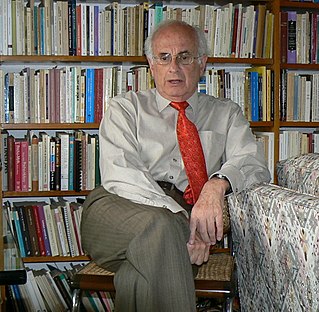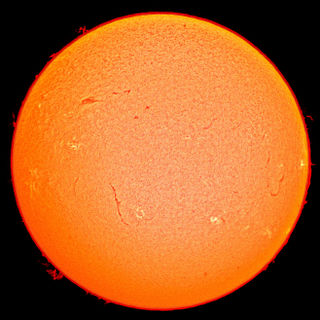Jean Laplanche was a French author, psychoanalyst and winemaker. Laplanche is best known for his work on psychosexual development and Sigmund Freud's seduction theory, and wrote more than a dozen books on psychoanalytic theory. The journal Radical Philosophy described him as "the most original and philosophically informed psychoanalytic theorist of his day."
Françoise Dolto, was a French pediatrician and psychoanalyst.

Élisabeth Roudinesco is a French historian and psychoanalyst, affiliated researcher in history at Paris Diderot University, in the group « Identités-Cultures-Territoires ». She also conducts a seminar on the history of psychoanalysis at the École Normale Supérieure. Biographer of Jacques Lacan and Sigmund Freud, she mainly worked on the situation of psychoanalysis worldwide but also published on the history of French Revolution, perverts and perversion, philosophy and Judaism. She has been awarded The Prix Décembre 2014 and The Prix des Prix 2014 for her biography of Freud, Freud, In his Time and Ours published by Harvard University Press. Her work has been translated into thirty languages.

Juan-David Nasio is an Argentinian psychiatrist, psychoanalyst and writer. He is one of the founders of Séminaires Psychanalytiques de Paris.

Néstor Alberto Braunstein is an Argentine-Mexican physician, psychiatrist and psychoanalyst.
Franco Fornari was an Italian psychiatrist, who was influenced by Melanie Klein and Wilfred Bion. He was a professor at the University of Milan and the University of Trento. From 1973 to 1978 he served as president of the Società Psicoanalitica Italiana.
Paul-Laurent Assoun is a former student of the École normale supérieure de Saint-Cloud.
In the psychoanalysis of Sigmund Freud, afterwardsness is a "mode of belated understanding or retroactive attribution of sexual or traumatic meaning to earlier events... [from the German word] Nachträglichkeit, translated as deferred action, retroaction, après-coup, afterwardsness". As summarized by another scholar, 'In one sense, Freud's theory of deferred action can be simply stated: memory is reprinted, so to speak, in accordance with later experience'.
Mikkel Borch-Jacobsen is a Professor of Comparative Literature and French at the University of Washington in Seattle, and the author of many works on the history and philosophy of psychiatry, psychoanalysis and hypnosis. Born to Danish parents, he began his studies in France and emigrated to the United States in 1986. His constructivist analysis of the co-production of psychical "facts" emphasises the accuracy of historical accounts of mental disorders.
Charles Baudouin was a French-Swiss psychoanalyst.
Ángel Garma Zubizarreta, most widely known as Ángel Garma was a Spanish-Argentinian psychoanalyst who has been called the 'founder' of psychoanalysis in Argentina. He wrote on psychosis, psychosomatic illnesses such as gastric ulcers and headaches, and dream interpretation.
Angelo Louis Marie Hesnard was a French born psychiatrist and psychoanalyst, and was an important figure in 1930s French sexology.
Raymond de Saussure was a Swiss psychoanalyst, the first president of the European Psychoanalytical Federation.
Jean-Gerard Bursztein is a French psychoanalyst who has a doctorate in philosophy. He teaches psychoanalysis and practices in Paris. He was a student of Jean-Toussaint Desanti and worked on both philosophy of mathematics and philosophy of science. He continues to explore this field in studying the intrication of psychoanalysis and mathematics. On the basis of his practice he has written the following publications :

Per Magnus Johansson is a Swedish psychoanalyst, psychotherapist and historian of ideas. Through his research on the history of psychoanalysis in Sweden, Johansson has contributed to the understanding of the heritage of Sigmund Freud and the psychoanalytical movement in the 20th century. Johansson's psychoanalytical training took place in Paris, where he completed a training analysis with Pierre Legendre.

Philippe Grimbert is a French writer and psychoanalyst.
Judith Dupont is a French psychoanalyst, translator, and editor.







